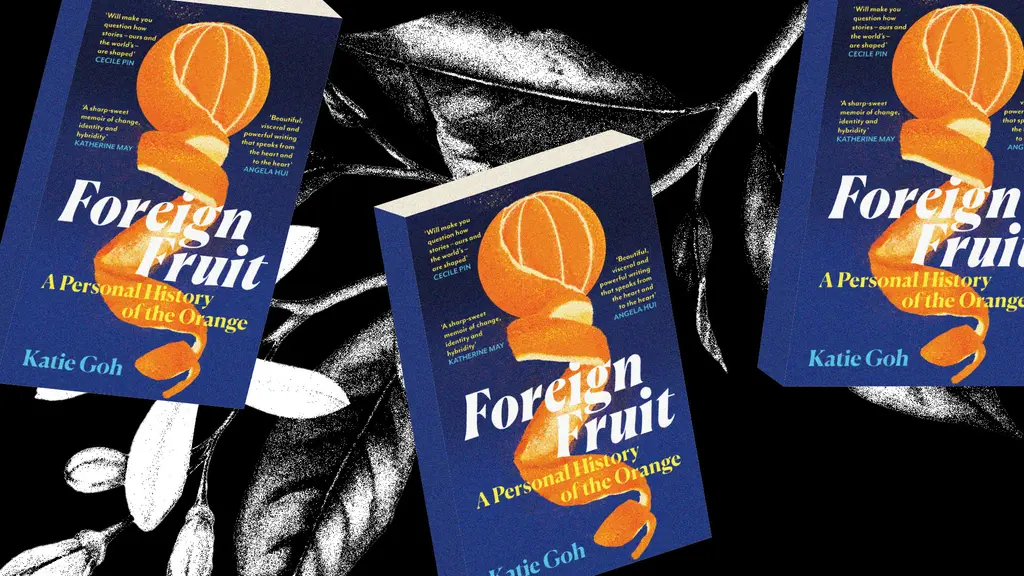Exploring Irving Penn’s subversive approach to photography
- Text by Miss Rosen
- Photography by Irving Penn

In January 1967, Timothy Leary stood before a crowd of 20,000 in Golden State Park, spreading the word, “Turn on, tune in, drop out”, a nod to the flowering use of psychedelics like mushrooms and LSD. That May, San Francisco (Be Sure to Wear Flowers in Your Hair) hit the charts, while musicians Jimi Hendrix, Janis Joplin, and Jerry Garcia could readily be found on the streets of the city’s Haight Asbury district where they lived.
Heeding the call, over 100,000 American teens and young adults headed west, arriving at the Haight for the Summer of Love and ushering in arrival of the hippie generation. Living by the ethos of sex drugs, and rock & roll, a new counterculture emerged, fusing the spirit of civil rights, women’s liberation, sexual revolution, and the anti-war movement into a sparkling Molotov cocktail.
The American media couldn’t get enough. Amid the sensational and salacious reportage, one man stood alone: the legendary photographer Irving Penn (1917–2009). “In 1967, there was word coming out of San Francisco of something stirring,” Penn later said. “People spoke of a new kind of young people called hippies. They seemed to have found a satisfying new life for themselves in leaving the society they were born to and making their own.”


Then 50, Penn recognised the historic moment unfolding on the world stage and proposed “The Incredibles” to his editors at Look magazine: a story that would cast rock stars, hippies, and Hell’s Angels with the same gravitas he gave to portraits of President John F. Kennedy, Pablo Picasso, and the Duchess of Windsor.
Look obliged with an 8-page feature showcasing Penn’s motley cast of artists, radicals, and vagabonds in the 9 January 1968 issue. But what many readers didn’t know is that the magazine censored Penn, removing his work from “The Bath,” a series of photographs documenting a 1957 performance by members of the San Francisco Dancers’ Workshop in the nude.
Although Penn rarely showed them in his lifetime, they are now restored to their rightful place in this groundbreaking series with new exhibition and catalogue, Irving Penn, which spans the artist’s revolutionary seven-decade career.

To create “The Incredibles”, Penn packed his entire New York studio and shipped it to a barn-like building with exquisite northern light nestled in the nearby town of Sausalito located on the San Francisco Bay. The concrete walls readily transformed into a neutral backdrop, preserving the rough and ready energy of the people he photographed while the natural light bathed them in the sun’s softest rays, casting them in a sweet and ethereal light.
“In his portraits of hippie families, Penn captured the intimacy of his subjects’ romantic and familial bonds, as well as their unapologetic nonconformism and unconventional styles,” says says Emma Acker, curator of American art at the Fine Arts Museums of San Francisco. “Such explorations reflect the complexity and fullness of the human experience and condition, as well as the keen eye and technical brilliance of their creator.”
Irving Penn is on view through July 21, 2024, at the de Young Museum in San Francisco and publication of the exhibition catalogue by The Metropolitan Museum of Art/Distributed by Yale University Press.
Enjoyed this article? Follow Huck on Instagram.
Support stories like this by becoming a member of Club Huck.
You might like

Dalia Al-Dujaili: “When you’re placeless, nature can fill the void”
Babylon, Albion — As her new book publishes, the British-Iraqi author speaks about connecting with the land as a second-generation migrant, plants as symbols of resistance, and being proud of her parents.
Written by: Zahra Onsori

Why Katy Perry’s space flight was one giant flop for mankind
Galactic girlbossing — In a widely-panned, 11-minute trip to the edge of the earth’s atmosphere, the ‘Women’s World’ singer joined an all-female space crew in an expensive vanity advert for Jeff Bezos’ Blue Origin. Newsletter columnist Emma Garland explains its apocalypse indicating signs.
Written by: Emma Garland

Katie Goh: “I want people to engage with the politics of oranges”
Foreign Fruit — In her new book, the Edinburgh-based writer traces her personal history through the citrus fruit’s global spread, from a village in China to Californian groves. Angela Hui caught up with her to find out more.
Written by: Angela Hui

Meet the hair-raised radicals of Berlin’s noise punk scene
Powertool — In his new zine, George Nebieridze captures moments of loud rage and quiet intimacy of the German capital’s bands, while exploring the intersections between music, community and anti-establishment politics.
Written by: Miss Rosen

The rebellious roots of Cornwall’s surfing scene
100 years of waveriding — Despite past attempts to ban the sport from beaches, surfers have remained as integral, conservationist presences in England’s southwestern tip. A new exhibition in Falmouth traces its long history in the area.
Written by: Ella Glossop

We are all Mia Khalifa
How humour, therapy and community help Huck's latest cover star control her narrative.
Written by: Alya Mooro






